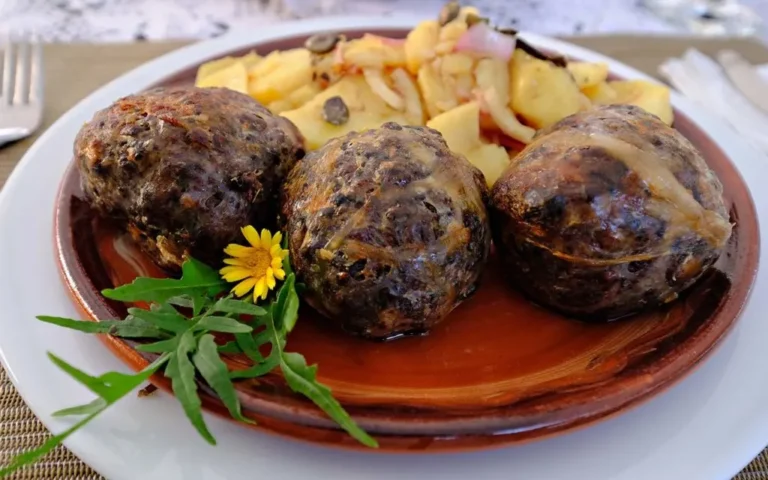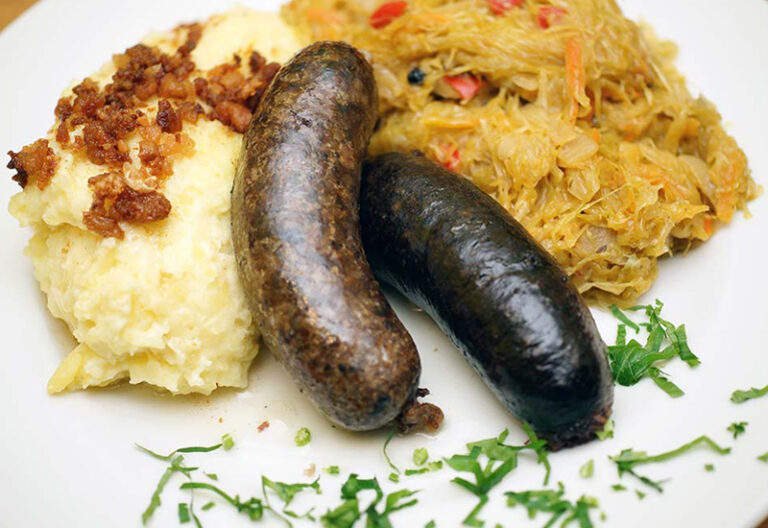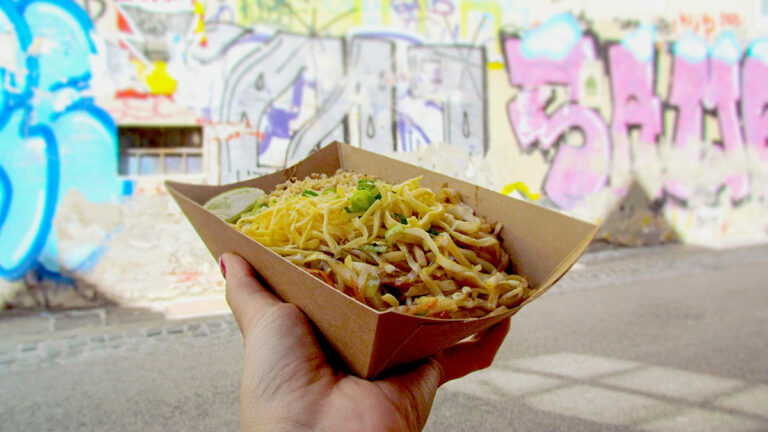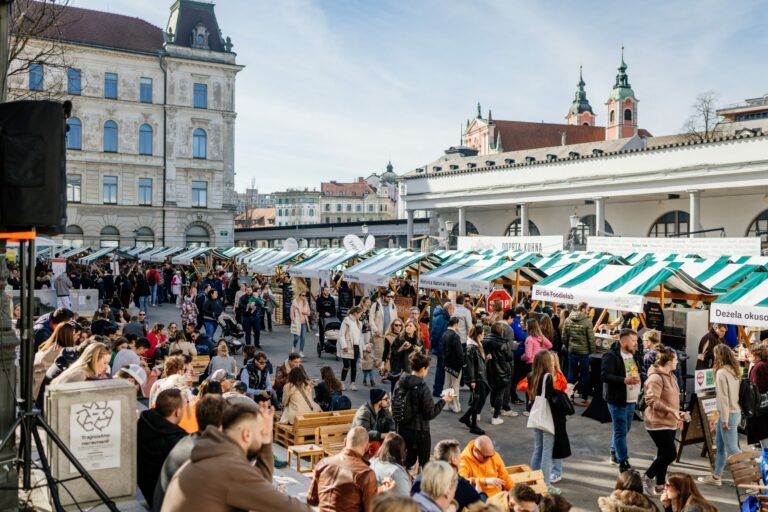Introduction: Breakfast in Slovenia
Breakfast, considered the most important meal of the day, holds a special place in Slovenian cuisine. Slovenians believe in starting the day with a hearty breakfast that provides energy for the day ahead. Breakfast in Slovenia typically consists of a range of traditional and modern dishes, often incorporating locally sourced ingredients. Slovenian breakfast culture is a true reflection of the country’s rich culinary history and diverse regional influences.
Traditional Slovenian breakfast options
Traditional Slovenian breakfasts are wholesome, filling, and a great way to start your day. The most popular traditional breakfast dish is “potica,” a sweet cake made with a variety of fillings such as walnuts, poppy seeds, or tarragon. Other popular traditional breakfast options include “žganci,” a dish made of buckwheat, corn, or wheat flour with milk and butter, and “ajdovi žganci,” made with buckwheat flour.
Modern breakfast trends in Slovenia
In recent years, Slovenian breakfast culture has embraced modern trends and introduced new breakfast options. Modern Slovenian breakfasts often include freshly baked bread, homemade jams, local honey, and farm-fresh eggs. A popular modern Slovenian breakfast option is “avocado toast,” served with poached eggs, smoked salmon, or bacon. Other contemporary breakfast options include smoothie bowls, oatmeal, and yogurt with fresh fruits.
Regional variations in Slovenian breakfasts
Slovenia’s diverse regions have their own unique breakfast traditions. In the coastal region of Istria, traditional breakfasts include “fritule,” small donut-like pastries served with jam or honey, and “piškoti,” sweet biscuits made with almonds and lemon. In the mountainous region of Gorenjska, breakfast options include “kranjska klobasa,” a traditional sausage, and “potica,” a sweet cake made with a variety of fillings.
Popular cafes and bakeries for breakfast
Slovenia is home to many cafes and bakeries that serve delicious breakfasts. Some of the popular places include “Cafetino,” a cozy coffeehouse in Ljubljana that serves freshly brewed coffee with homemade pastries, “Pekarna Osem,” a bakery in Maribor that offers freshly baked bread and pastries, and “Café Central,” an elegant café in Celje that serves traditional Slovenian breakfasts.
Tips for a delicious Slovenian breakfast experience
When in Slovenia, it is essential to indulge in a traditional Slovenian breakfast experience. To make the most of your breakfast experience, head to a local bakery or café, and try the traditional dishes such as potica or žganci. You can also explore modern breakfast options like avocado toast or smoothie bowls that use locally sourced ingredients. Lastly, do not forget to pair your breakfast with a freshly brewed cup of coffee or tea for a truly Slovenian breakfast experience.






